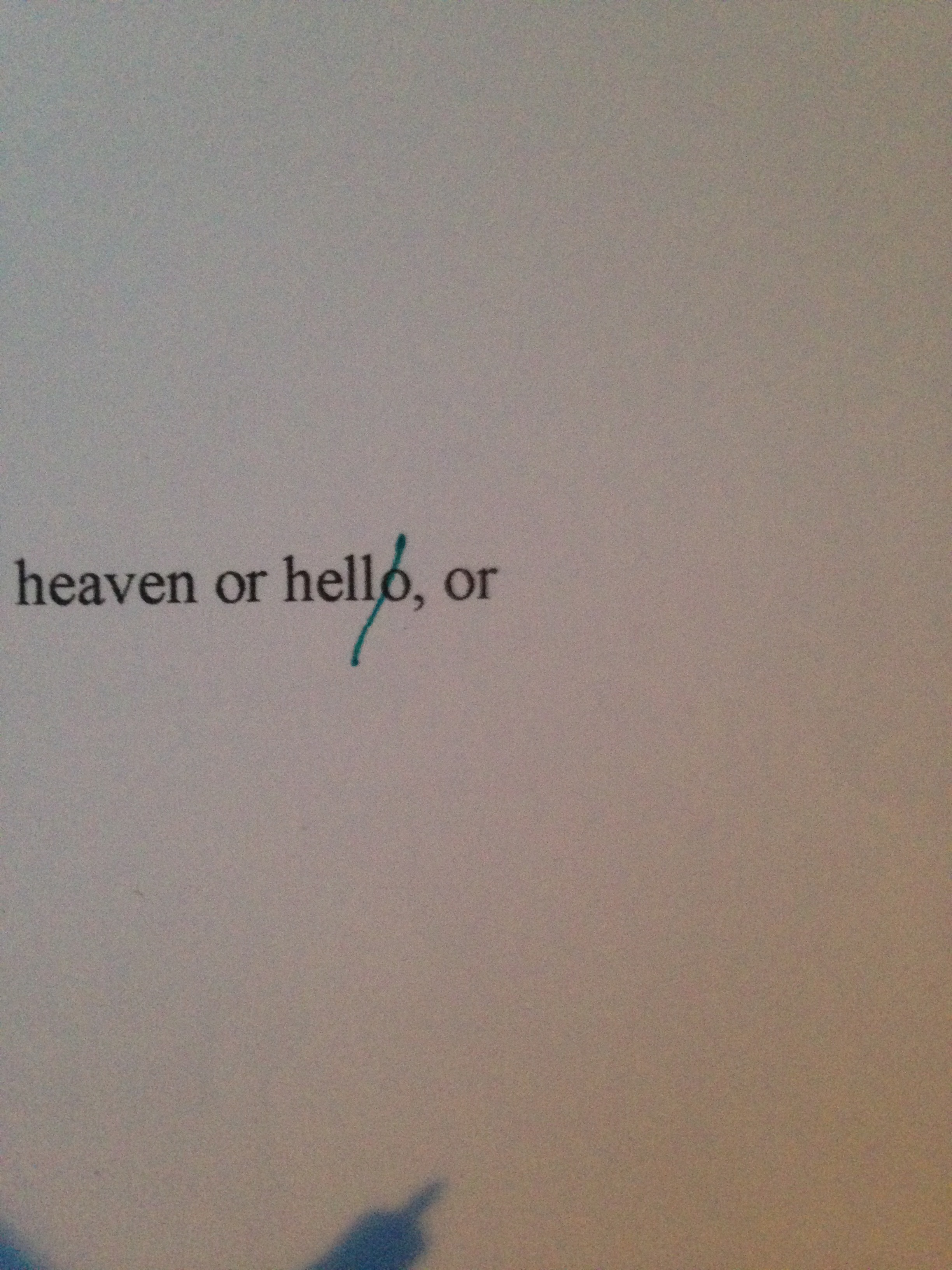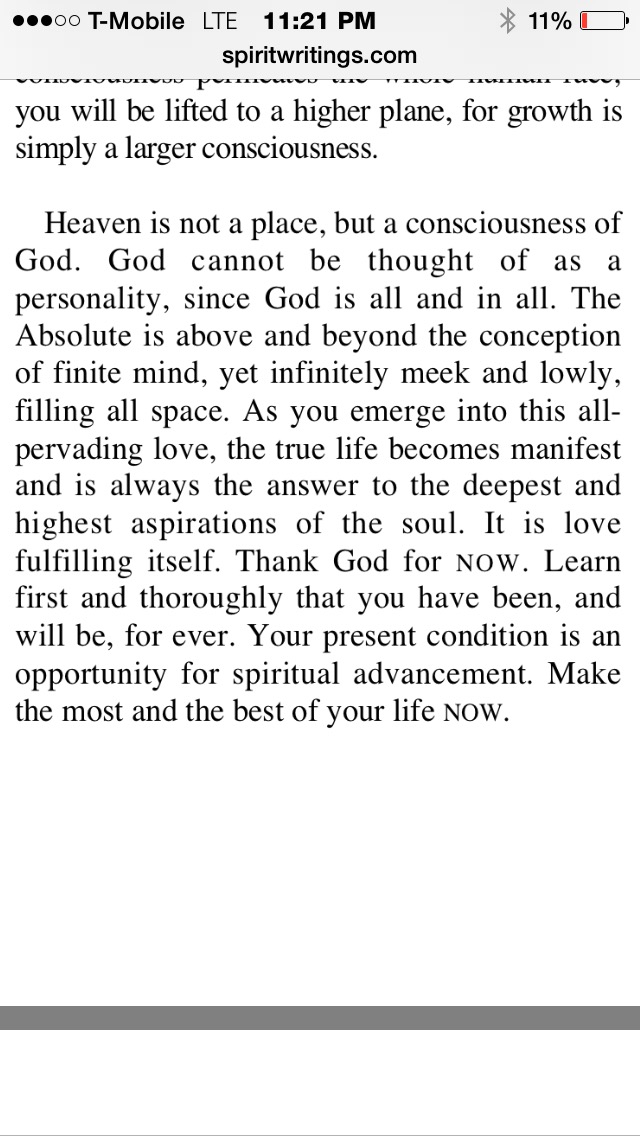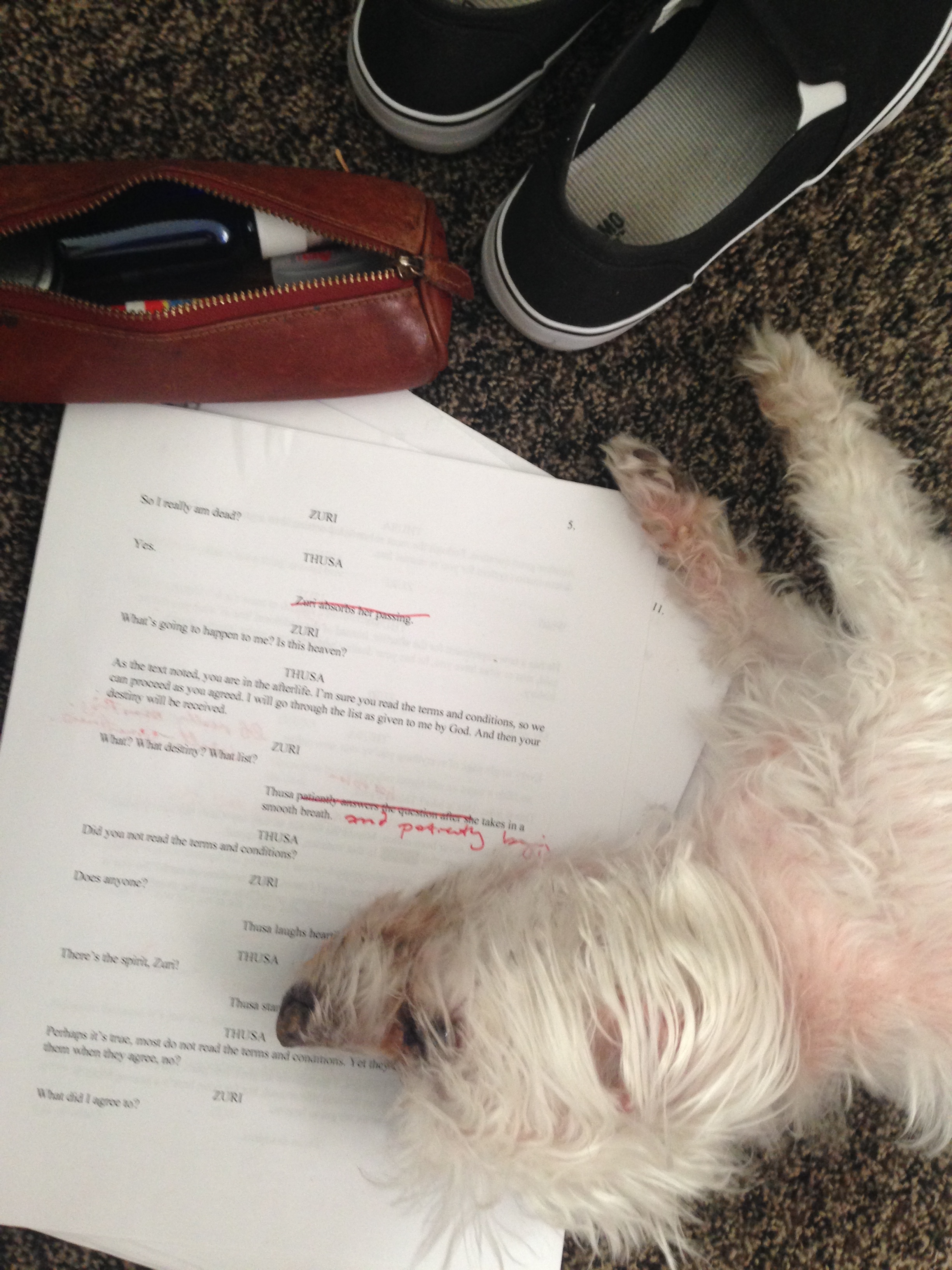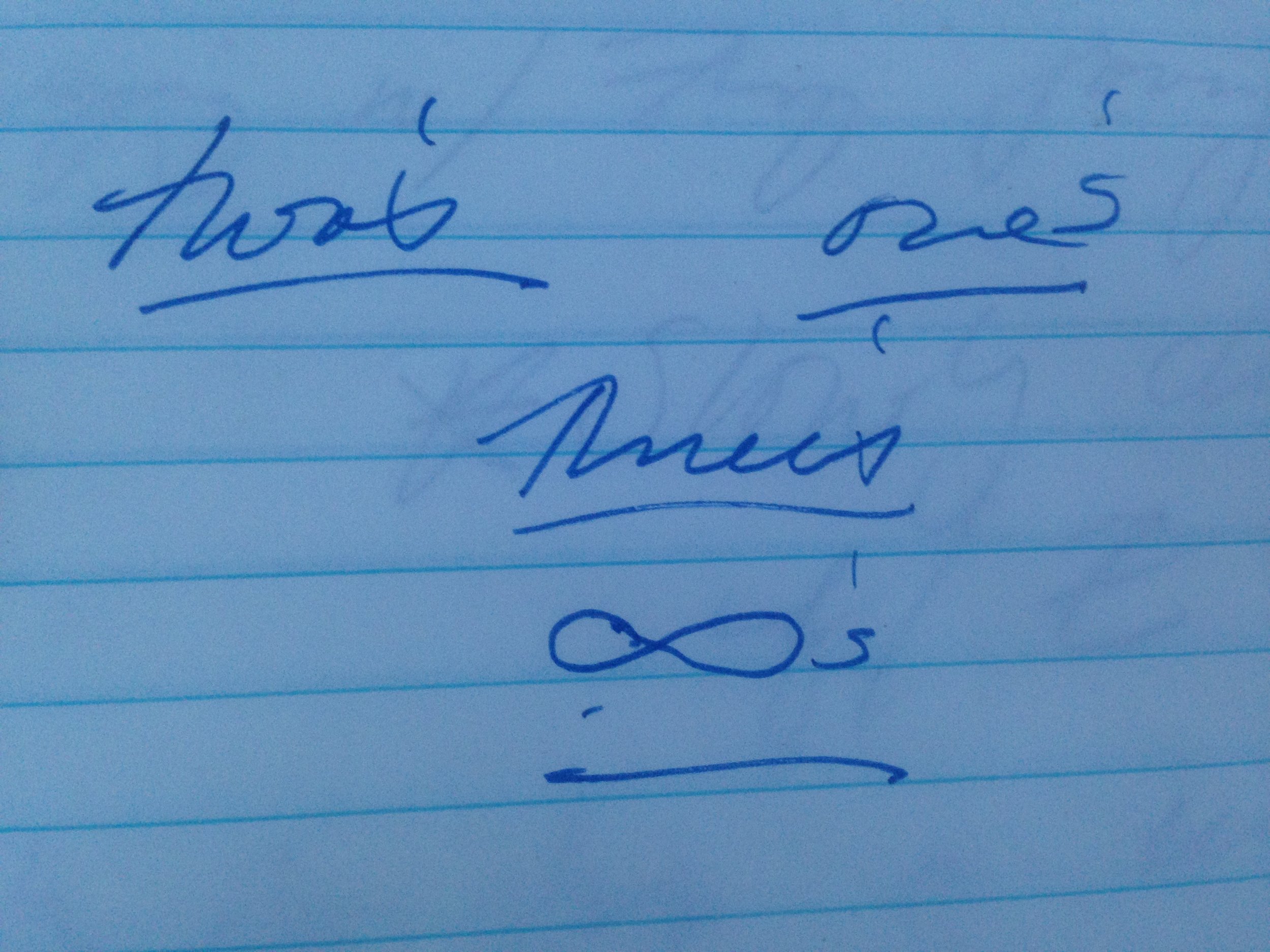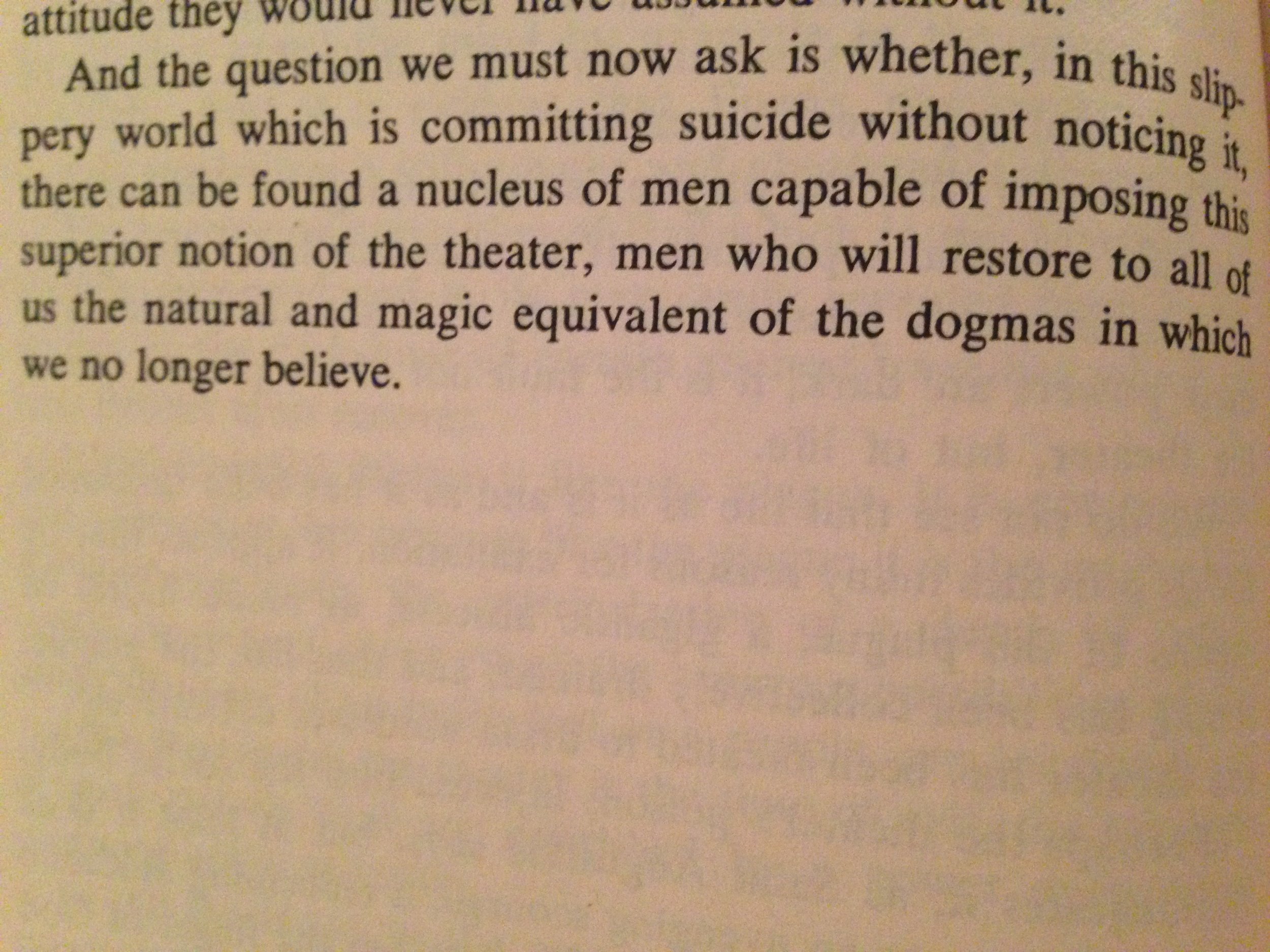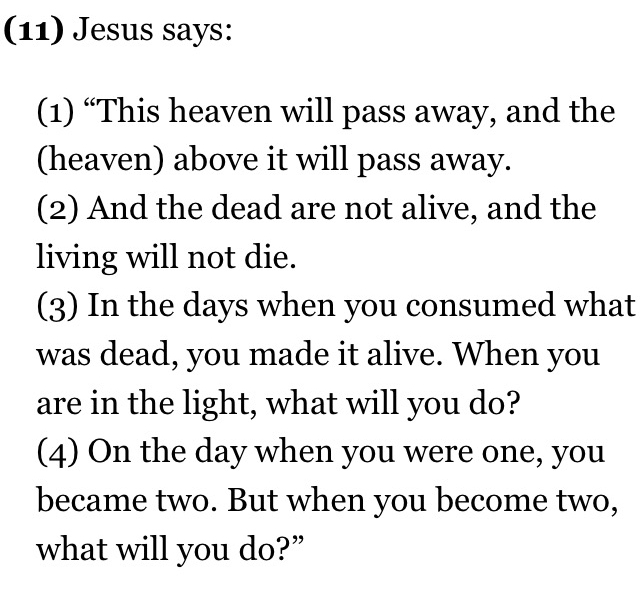Synopsis
A woman dies and discovers in the
afterlife that her fate is based on her
internet search history.
hilarotragoedia
n.
A burlesque of tragic subjects.
Burlesque is defined as a literary or dramatic work that makes fun of something, often by means of outlandish exaggeration. Such burlesques were also called phylyakes, meaning “fooleries.”
Created in approximately 200 BC by Rhinthon, a Hellenistic dramatist
Encyclopædia Britannica 23, (11th ed.)
American Heritage Dictionary of the English Languages (5th edition)
TL;DR
Read here ———-> TIP.pdf
Seeds
The idea for Tip came in college while I was walking on campus in 2007. I don't know what led me there, but it stuck. I didn't know it was a play until years later. The characters seemed born somewhere else and sent here to me. I knew I wanted it to have simplicity, able to be performed on a big stage or at a high school.
I knew I had to fall on my sword for this one. That if I was uncomfortable, perhaps the audience would only be half of that. So I aimed to dig deeper, using my life, secrets and hopes to write this story.
The idea for this play was over 10 years old when I started writing it. It's taken me two years and change to finish. 11 drafts. 73 pages, with more minutes for the video.
Recently I’ve had some friends read it, and that has reminded me the value in this piece, and the importance of sharing. God knows I take my time, but Now is better than never.
Born: 15 December 2017
one
Logbook.
For all my long projects, I now keep a logbook to go along with it. It’s really for me. It’s evidence that all the feelings and tumult existed in the process of creating the piece. It was also a place where I could write when I couldn’t write. I can always complain about writing, thinking often that I could manage having a therapist just for writing. The logbook has become my therapist and witness for this process.
So much of writing is ethereal, unseen, and unprovable. A finished piece doesn’t betray the struggle to create it, and sometimes I need to remember that everything happened. My logbook is my personal proof of the journey.
28 July 2015; first logbook entry.
Two
The Dump. A stream-of-conciousness all-in everything-counts kinda document.
4 MY EYEZ ONLY
three
Outline.
Smiles at reading the first outline :)
First draft
The first draft is the worst. Not just in quality, but it is truly the hardest part of finishing a large document of writing like a play, for me. I am a “better to edit a finished ugly draft than polish up bits and pieces” type of person. The combinations makes for a long trek.
My dad always says the most efficient way to accomplish a goal is the buddy system. So a recruited such a buddy to help me with the process. I decided to write rules for myself, in the form of a contract, which we both signed. It was never about rewards or punishments, so much as accountability and encouragement. Nick was a great support system. I highly encourage accountabil-a-buddy systems whenever possible.
Not notarized, but valid as fuck.
Like a football coach, I imagine.
[Writing is] like standing on the edge of a cliff. This is especially true of the first draft. Every day you’re making up the earth you’re going to stand on.
-Peter Carey
mute
At some point I hit a lull, a block of frustration and boredom.
Then a long time passed.
Logbook, 2015
Then a longer time passed.
“The only thing more tormenting than writing is not writing.”
October 2016
Somewhere along the line I distracted myself with other things. After five or so drafts in, I started plotting an outline for a book for National Write a Novel Month.
I met up with Mitchell, a high school boyfriend, in the morning at the Lyric for coffee. I was running late walking north and could see him singing and playing the piano outside. I made him a latte with honey and we walked to my place. He was about to leave for his first solo tour as a musician, in November.
I told him a bit about the book as we sat and smoked in the shade of trees in backyard. He said he had a book idea too. It was about a man who died and the afterlife was full of all these different rooms he had to go into. His wild imagination contorted these rooms in a way so different than mine that I can't even express them with justice. And then he said, "I don't know at the end if -- ------ -- --- -- ----."
I was stunned. His ending was my ending too.
It was a sister to Tip. Like he'd been in my head, and perhaps I'd been in his. When I told him the premise his face expressed the same surprise of the seeming brainwave transference. I made a joke about seeing who would finish first. After we hugged goodbye he walked away singing.
Three weeks later Mitchell died on October 19th, 2016 in the stupidest car crash I've ever heard of. The morning of the 20th I was getting coffee again at the Lyric. I got a frantic email from Juanita to call her and I knew he was dead before I called. I wanted to be wrong. So I pretended I was for just enough time before she picked up the phone.
I went to the small private viewing at the funeral home before his cremation. I was the last to leave. I went in the room by myself and wept along the shell he once was in. I have lost people in my life before, but this was the first person who I was in love with that passed. It isn't the same kind of grief. I was changed in that room. I do not know what the change is called.
After he died I went straight back to Tip. I had to. It wasn't all mine anymore. I promised myself I'd finish it for us and give the first copy to his parents. I went over to their house on a Sunday and explained how Mitchell and I had a brain transference and this play is for him.
Sometimes I'd ask him for help writing. When I asked he always came. To bring life to this from the death of Mitchell was healing. It was also necessary. This is for everyone. This is for M.A.V.
Kitchen Table Read
Dear friends helping me by reading the parts out loud while I edit. These gems, I swear. So grateful.
2 February 2017
Lily, Paul and Maya
The feeling of finished
I knew that I’d be getting the play bound, once I was finished. And I knew I would cry when I did. I was tearing up at the counter paying. When I got to the car, I sobbed and sobbed and sobbed.
Finishing Tip was like looking down between your legs to see if it’s a boy or girl. Whatever that feeling is called, a long labour of love, unseen toiling, sadness, loss, dreams and hopes. I’ve never had a baby before but that’s what it felt like. I knew that even if no one ever read it, I knew I fucking killed it. It was exactly what I wanted it to be. I had never felt the self-satisfaction, the personal pride, and confidence in my writing than I did after I finished.
New york City reading
For my 30th birthday I decided that I would like to have a reading in New York City, and a bff of mine had told me about a theatre company of her friend’s that did small readings. They accepted Tip as part of their program in late May. It wasn’t anything fancy, in the basement of a pub-type place. But the best part of it was that lots of my friends from SCAD came to watch. One of them performed the part of the stage direction. It was so wonderful to be able to share that with them. I miss our life back in Savannah. And what a way to enjoy my birthday.
Bees.
smile vs smile
You might be wondering about the title
Actually, the title was a bit of an accident. I had kept the unknown version of this titled “The Internet Play” on my computer. At some point, it was just the initials: TIP. And then I read it as tip. I looked up the definition and it seemed as though the play had named itself.
tip
n.
1. The end of a pointed or projecting object.
2. The top, summit, apex.
3. A tilt or slant; an incline.
4. A small piece forming an extremity or end.
5. A helpful hint, warning, or other piece of information.
v.
1. To push or knock over; overturn or topple.
2. To touch or raise (one's hat) in greeting.
3. The act of tipping.
READERS WELCOME:
Tip
A hilarotragoedia in three acts
+++
Read my play!
(tip: it contains hyperlinks, so watch out for those! must click!! also, read the stage notes, they are v short, I promise.)
Send it to others! Send me questions!
Get me an agent! A manager! Jeremy O. Harris’ number!
Read here ———-> TIP.pdf
Read here ———-> TIP.pdf
Read here ———-> TIP.pdf
Read here ———-> TIP.pdf
Read here ———-> TIP.pdf
+++
Note: Unofficial soundtrack (at least for the first act):
Love from a friend <3
Mahalia Jackson, “His Eye in On the Sparrow”
Thank you for being here and witnessing this process. Sometimes I think I’m cursed by writing. Sometimes I think I can save the world by doing it. Sometimes it’s all at the same moment.
Either way. I appreciate you.
Yours, Maya







